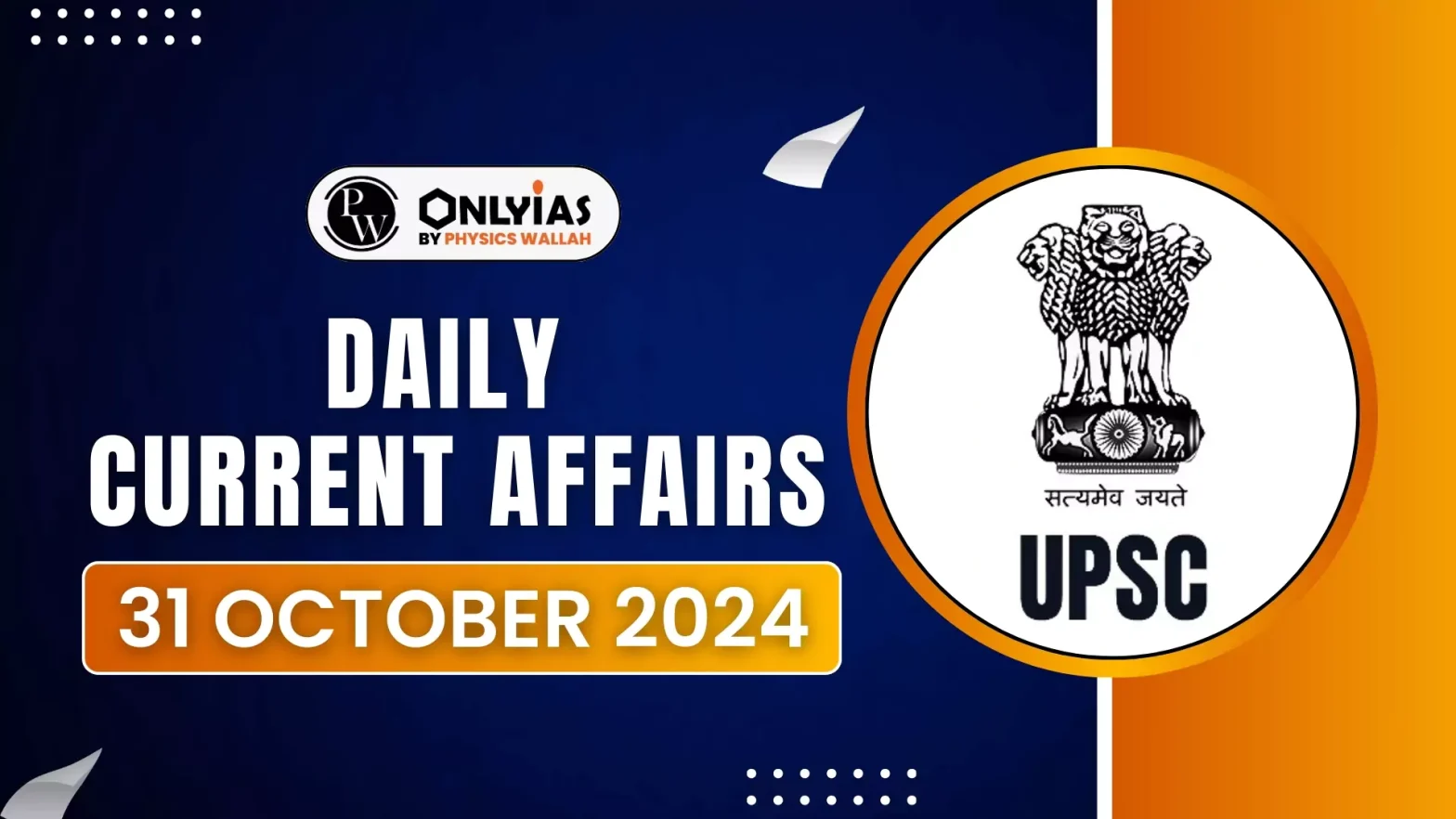The United States is all set to elect the country’s next President in its 2024 general election scheduled for November 5, 2024.
- Congress will officially counts the electoral votes in early January, with the President-elect taking office on January 20, 2025, for a four-year term.
More About US Presidential Elections
- Unique System: The U.S. is the only democracy where a candidate can lose the presidency despite winning the popular vote, which has happened multiple times, including recent elections in 2000 and 2016.
- Function Of Electoral College: It is an intermediary system where voters elect representatives, or “electors,” who then formally vote for the President and Vice President. This process has historically created situations where the popular vote winner did not secure the presidency.
Enroll now for UPSC Online Classes
About Electoral College System
- Definition: An electoral college is a body responsible for electing a candidate to a specific office.
- Political Context: It is often used to refer to a constitutional body that appoints key positions like the head of state or government in a democratic setup.
- Usage: Sometimes, it also appoints members of the upper parliamentary chamber.
- Members: The members, known as electors, are typically chosen either by direct popular vote (indirect election) or through subregional entities or social organizations.
- Historical Debate: The Founding Fathers debated between congressional or popular election models.
- The Electoral College emerged as a compromise to balance state representation and prevent large states from dominating the outcome.
- Federalist Justification: Alexander Hamilton and others argued that the Electoral College would prevent unsuitable candidates from assuming office while maintaining a role for the popular will.
Structure of the Electoral College of U.S
- Total Electors: There are 538 electors, with a majority of 270 votes required to win the presidency.
- State Representation: Each state’s electors equal its number of congressional members — representatives plus two senators.
- California has the largest share (54 electors), while smaller states and Washington, D.C., have the minimum of three electors.
Elector Selection Process
- Party Affiliation: Political parties nominate electors, typically individuals with strong party ties or long-standing affiliations. The party whose candidate wins the popular vote in a state appoints its electors.
- Eligibility: Federal officeholders, such as members of Congress, cannot serve as electors. The 14th Amendment also bars individuals who have engaged in insurrection or aided the nation’s enemies from being electors.
Voting Process and “Winner-Takes-All” System
- Election Day Voting: On Election Day, voters choose the electors representing their preferred candidate. Most states use a winner-takes-all approach, where the state’s electoral votes go entirely to the popular vote winner.
- Exceptions: Maine and Nebraska allocate electors proportionally, with two votes going to the state winner and one vote per congressional district winner.
- Casting Votes: Electors meet in December to vote, usually honoring the popular vote result. “Faithless electors” occasionally vote differently, but most states have laws or penalties to enforce alignment with the popular vote.
- In 2016, some electors voted against their pledged candidate, though they were often replaced or penalized.
Check Out UPSC NCERT Textbooks From PW Store
Criticisms of the Electoral College System
- Unequal Vote Value: Larger states see diminished vote value per capita compared to smaller states (e.g. California vs. Wyoming).
- Swing State Influence: The winner-takes-all approach elevates swing states’ importance while undervaluing votes from less competitive states.
- Modern Relevance: Critics argue that the Electoral College does not align with principles of direct democracy, advocating instead for direct elections.
Indian and US electoral systems
| Aspect |
India |
United States |
| System of Government |
Parliamentary democracy |
Federal Presidential democracy |
| Head of Government |
Prime Minister |
President |
| Type of Election |
Indirect for Prime Minister; Direct for Members of Parliament |
Indirect for President via the Electoral College; Direct for Congress members |
| Electoral Body |
Election Commission of India (ECI) |
Federal Election Commission (FEC), with state-specific election authorities |
| Voting Method |
First-Past-The-Post (FPTP) system in Parliamentary and state elections |
Electoral College for President (538 electors); First-Past-The-Post for Congress and Senate |
| Representation |
Proportional based on population for the Lok Sabha; equal representation in Rajya Sabha |
House of Representatives based on population; equal Senate representation for each state |
| Election Frequency |
Every 5 years for Lok Sabha; state elections every 5 years (variable across states) |
Presidential every 4 years; Congressional every 2 years for the House, every 6 years for Senate |
| Voter Eligibility |
18+ years, citizen of India |
18+ years, citizen of the United States |
| Method of Presidential Election |
Not directly elected; party with Lok Sabha majority chooses Prime Minister |
President elected indirectly through Electoral College based on state popular votes |
| Political Parties |
Multiparty system with dominant parties (BJP, Congress) |
Primarily two-party system (Democratic, Republican) |
| Vote Counting Process |
Electronic Voting Machines (EVMs) are used in most cases |
Paper ballots, electronic systems, and mail-in ballots with state-specific regulations |
| Dispute Resolution |
Managed by the Supreme Court and Election Commission |
Managed by state courts and, ultimately, the Supreme Court; Congress may intervene in disputes |
| Inauguration Date |
No fixed date; typically within weeks of election result |
January 20 following the election year |
![]() 31 Oct 2024
31 Oct 2024

